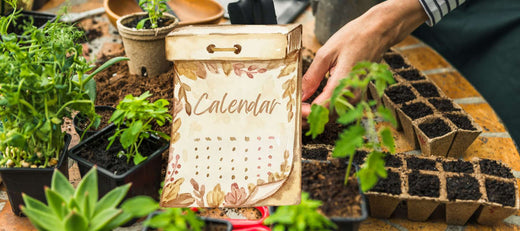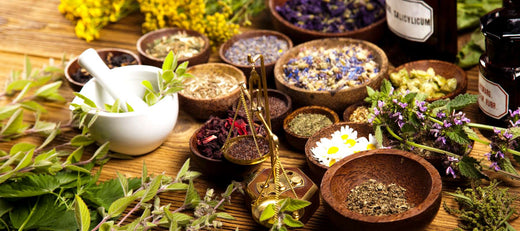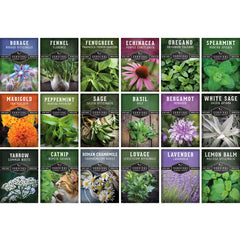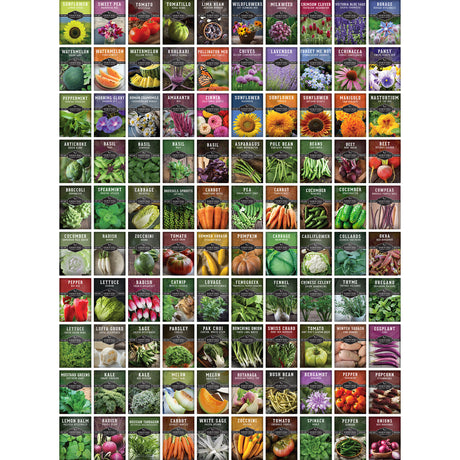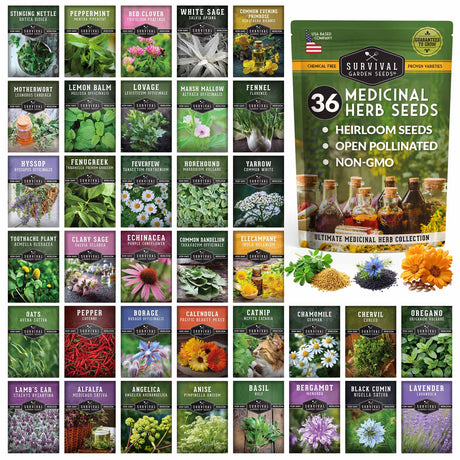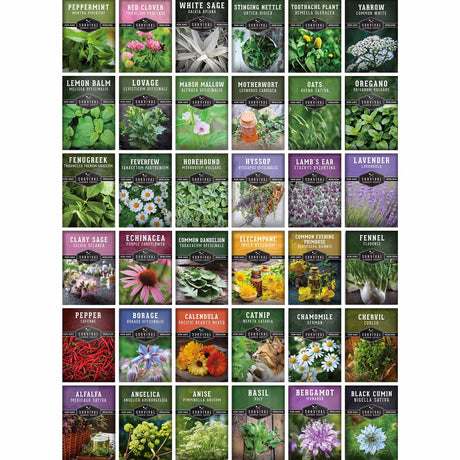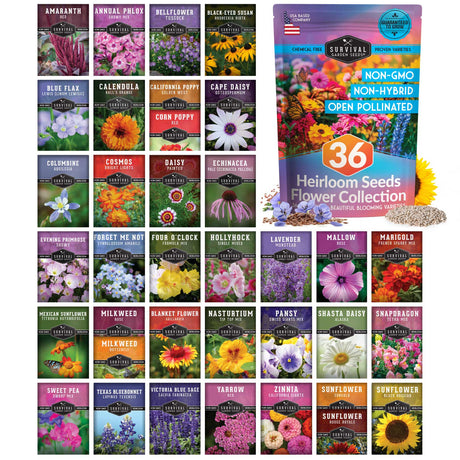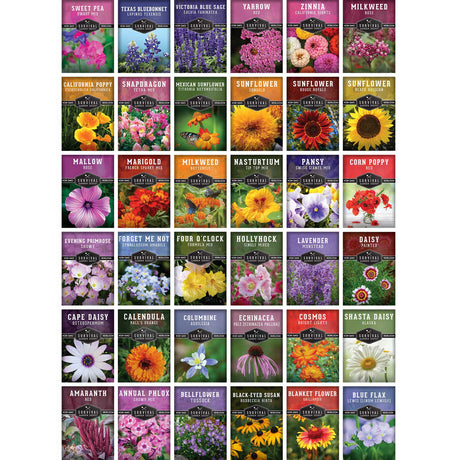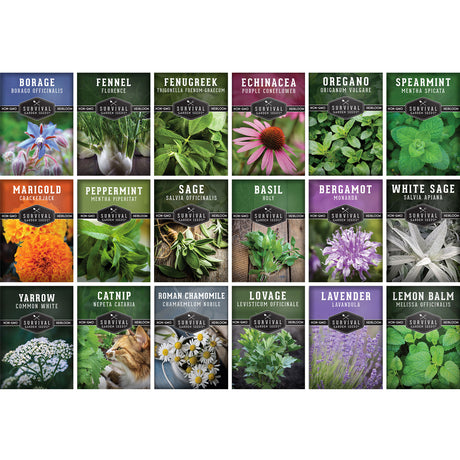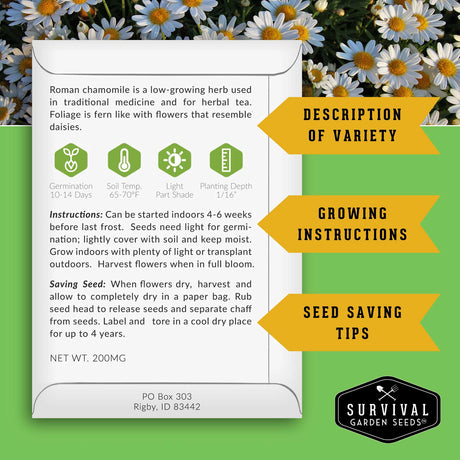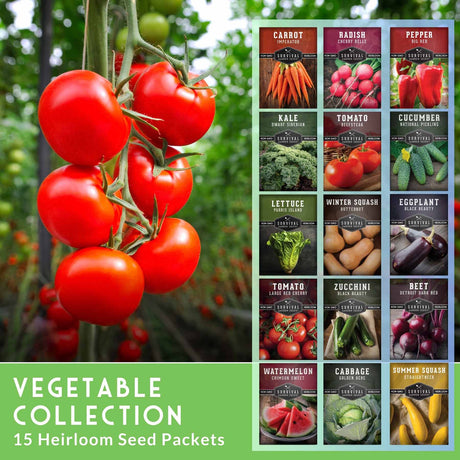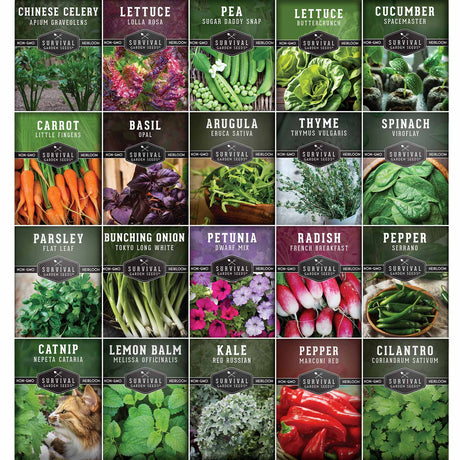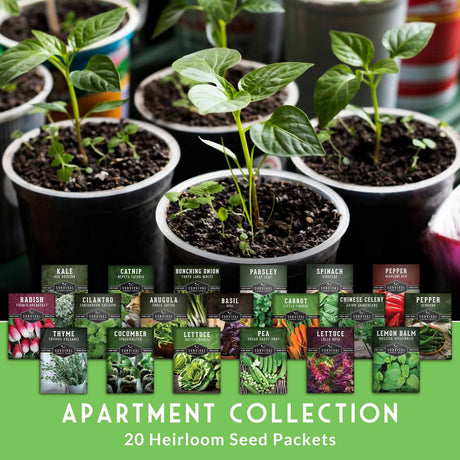Catnip (Nepeta cataria) is a perennial herb that belongs to the mint family. It is well-known for its ability to induce a euphoric reaction in many cats, making it a popular choice for pet owners who care about their furry friends' happiness and well-being. A great way to introduce catnip into your cat's life is through growing the plants yourself from catnip seeds. Let’s take a look at catnip seeds, how to grow them, and tips for incorporating catnip into your cat's playtime.
Understanding Catnip and Its Effects on Cats
Catnip has a substance called nepetalactone, which is why many cats react to it. When cats smell or eat catnip, they might roll, purr, or act playful. These reactions usually last from 5 to 15 minutes, and then the cat may not be interested for a while.
Interestingly, not all cats are affected by catnip. Sensitivity to catnip is hereditary, with approximately 50-75% of cats showing a response. Kittens and older cats may also be less responsive. Keep this in mind when introducing catnip to your pets, because it’s not always effective.
The Benefits of Catnip for Cats
Catnip is great for cats and their surroundings. First, it's a natural way to lower stress. The happy feeling from catnip can calm down nervous cats, which is especially helpful for indoor cats who might be bored or stressed.
Secondly, catnip can encourage exercise. When cats play with catnip toys or plants, they move more, which is important for a healthy weight and overall well-being. This activity can also help prevent behavior problems caused by boredom.
Lastly, catnip can activate a cat's natural hunting instincts. The playful actions caused by catnip are similar to hunting, letting cats enjoy natural activities that are vital for their mental and emotional health.
How to Grow Catnip from Seeds
Growing catnip from seeds is a rewarding process that allows pet owners to have a fresh supply of this delightful herb. Here’s a step-by-step guide on how to cultivate catnip effectively.
Choosing the Right Seeds

When selecting catnip seeds, it is important to choose high-quality seeds from a reputable source. Look for heirloom, open-pollinated varieties that are free from pesticides and chemical treatment.
Preparing the Soil
Catnip thrives in well-draining soil with a pH level between 6.0 and 7.0. Before planting, prepare the soil by mixing in compost or organic matter to enhance its fertility. Ensure that the planting area receives plenty of sunlight, as catnip prefers full sun to partial shade.
Planting the Seeds
Once the soil is prepared, sow the catnip seeds about ¼ inch deep and space them approximately 12 inches apart. Water the area gently to avoid displacing the seeds. It is advisable to start seeds indoors about 6-8 weeks before the last frost date or sow them directly outdoors after the danger of frost has passed.
Keep the soil consistently moist but not waterlogged during the germination period, which typically takes 7-14 days. Once the seedlings are established, they can be thinned out to allow for proper air circulation and growth.
Caring for Your Catnip Plants
Once your catnip plants are growing, proper care is essential to ensure a healthy harvest. Regular maintenance includes watering, fertilizing, and pest management.
Watering and Fertilizing
Catnip plants require moderate watering. It is crucial to allow the soil to dry out between watering sessions to prevent root rot. During the growing season, a balanced fertilizer can be applied every 4-6 weeks to promote robust growth. However, be cautious not to over-fertilize, as this can diminish the aromatic oils that attract cats.
Pest Management
Catnip is relatively pest-resistant, but it can still be susceptible to aphids and spider mites. Regularly inspect the plants for signs of infestation. If pests are detected, consider using insecticidal soap or neem oil as a natural remedy. Additionally, maintaining good air circulation around the plants can help prevent fungal diseases.
Harvesting and Storing Catnip

Harvesting catnip at the right time is crucial to maximizing its potency. The best time to harvest is just before the plant flowers, as this is when the nepetalactone concentration is highest.
How to Harvest Catnip
Cut the catnip stems with sharp scissors or shears about 2-3 inches above the soil. The best time to harvest is in the morning, after the dew is gone but before it gets too hot. This timing keeps the strong-smelling oils at their peak..
Storing Catnip
After harvesting, catnip can be dried for long-term storage. Hang the cut stems upside down in a cool, dark, and well-ventilated area. Once the leaves are completely dry, they can be crumbled and stored in an airtight container. Properly stored catnip can retain its potency for several months.
Incorporating Catnip into Your Cat's Life
Once you have successfully grown and harvested catnip, it’s time to introduce it to your feline friend. There are various ways to incorporate catnip into your cat's routine.
Catnip Toys
One of the most popular ways to use catnip is by stuffing it into toys. Many pet stores offer catnip-filled toys, or you can create your own by sewing small pouches and filling them with dried catnip. These toys can provide hours of entertainment and stimulate your cat's natural hunting instincts.
Catnip Sprays and Treats
Catnip sprays can be made from catnip oil and water. These sprays can be applied to scratching posts, toys, or bedding to entice cats to engage with their environment. You can also create catnip-infused treats as a tasty way to reward your cat while also delivering the benefits of catnip.
Creating a Catnip Garden
For those with outdoor space, creating a designated catnip garden can be a delightful project. Planting catnip alongside other cat-friendly herbs, such as valerian or silver vine, can create an enriching environment for your cat. Ensure that the area is safe and secure, allowing your cat to explore and enjoy the natural scents and textures.
Treat Your Cat to Catnip
Catnip seeds offer a wonderful opportunity for pet owners to enhance their cats' happiness and well-being. By understanding the effects of catnip, learning how to grow and care for it, and finding creative ways to add it into your cat's life, you can provide a stimulating and joyful experience for your furbaby. Whether through toys, treats, or a dedicated garden, catnip can play a significant role in enriching your cat's environment and promoting their overall health.
For a deeper dive on growing catnip and other pet friendly herbs, check out THIS BLOG POST


